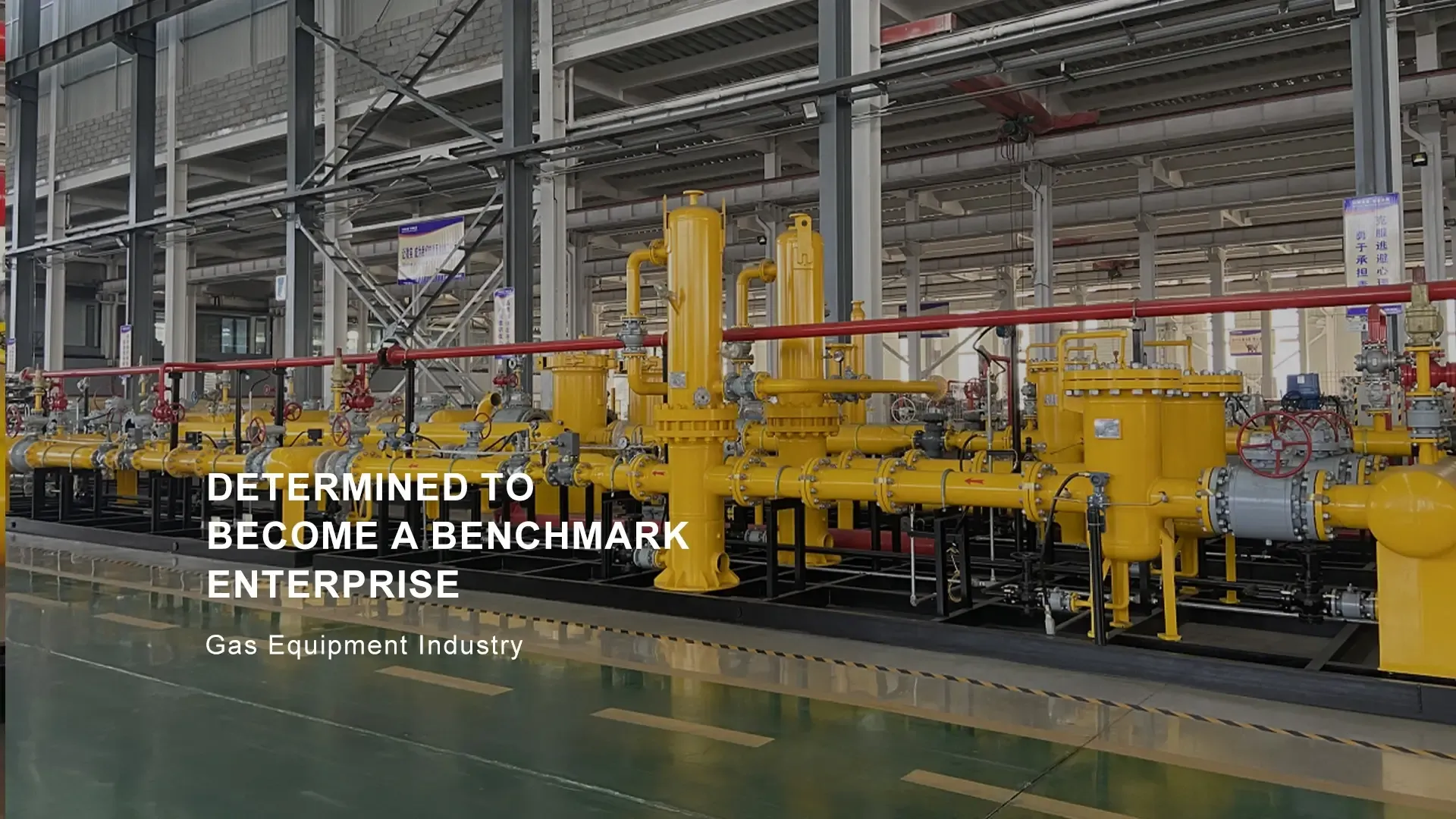
Oct . 22, 2024 15:01
Back to list
Pressure Relief Valve Functions and Applications in Industrial Systems
Understanding Pressure Relief Valves A Critical Component in Industrial Safety
In various industrial applications, pressure control is fundamental to ensure safety and efficiency in operations. Among the various devices used to regulate pressure, the pressure relief valve (PRV) stands out as a critical component. This article delves into the function, significance, types, and maintenance of pressure relief valves, shedding light on their role in safeguarding equipment and personnel.
What is a Pressure Relief Valve?
A pressure relief valve is a safety device designed to prevent excessive pressure buildup within a system. When the pressure exceeds a certain predetermined limit, the valve automatically opens, allowing fluid (gas or liquid) to escape, thus preventing potential catastrophic failures, including explosions and equipment damage. Typically employed in steam, gas, and liquid systems, PRVs are essential in a range of industries, including oil and gas, chemical manufacturing, power generation, and water treatment.
The Importance of Pressure Relief Valves
1. Safety The primary function of a pressure relief valve is to protect both equipment and personnel from dangers associated with over-pressurization. By releasing excess pressure, PRVs help prevent accidents that could lead to injury or loss of life.
2. Regulatory Compliance Many industries are governed by strict safety regulations. Properly functioning pressure relief valves are often a requirement to meet these regulations, ensuring that companies adhere to national and international safety standards.
3. Equipment Protection Over-pressurization can cause severe damage to machinery and piping systems. By preventing excessive pressure buildup, PRVs help maintain the integrity of equipment, reducing downtime and maintenance costs.
4. Operational Efficiency Maintaining appropriate pressure levels promotes optimal performance of industrial systems. Pressure relief valves enable processes to run smoothly, avoiding interruptions that can lead to lost productivity.
Types of Pressure Relief Valves
.
1. Spring-Loaded Valves The most common type, spring-loaded valves utilize a spring mechanism that holds the valve closed until the preset pressure is exceeded. Once the threshold is breached, the spring compresses, allowing fluid to escape.
صمام التنفيس

2. Pilot-Operated Valves These utilize a combination of internal pressure and an external pilot signal to control the valve's opening and closing. Pilot-operated valves are favored in high-pressure applications due to their ability to handle larger flow rates.
3. Balanced Bellows Valves Designed to reduce the effects of back pressure on the valve operation, balanced bellows valves can function effectively even in fluctuating pressure conditions.
4. Float Valves Often used in liquid applications, float valves regulate fluid levels by using a buoyant mechanism to open or close the valve based on the liquid level.
Maintenance of Pressure Relief Valves
Regular maintenance of pressure relief valves is crucial to ensure their operational reliability. Here are some best practices
1. Routine Inspections Conduct periodic checks to ensure valves are functioning correctly. Look for signs of wear or corrosion, which can affect performance.
2. Testing Regular testing should be performed to verify that PRVs open at the correct pressure and close when appropriate. This can be done using hydraulic test stands or other testing equipment.
3. Cleaning Accumulation of debris can hinder the valve’s performance. Regular cleaning of pressure relief valves is essential to ensure smooth operation.
4. Documentation Maintaining a record of inspections, tests, and maintenance activities can help track the valve’s performance and identify potential issues before they escalate.
Conclusion
Pressure relief valves play an indispensable role in the safe operation of industrial systems. By understanding their function, types, and maintenance requirements, industries can enhance their safety protocols and ensure efficient operations. As technological advancements continue to evolve, so too will the design and capabilities of pressure relief valves, making ongoing education and training in this area essential for professionals across various sectors. Investing in the proper implementation and upkeep of these critical safety devices not only protects assets but ultimately saves lives.
Next:
Latest news
-
Safety Valve Spring-Loaded Design Overpressure ProtectionNewsJul.25,2025
-
Precision Voltage Regulator AC5 Accuracy Grade PerformanceNewsJul.25,2025
-
Natural Gas Pressure Regulating Skid Industrial Pipeline ApplicationsNewsJul.25,2025
-
Natural Gas Filter Stainless Steel Mesh Element DesignNewsJul.25,2025
-
Gas Pressure Regulator Valve Direct-Acting Spring-Loaded DesignNewsJul.25,2025
-
Decompression Equipment Multi-Stage Heat Exchange System DesignNewsJul.25,2025

